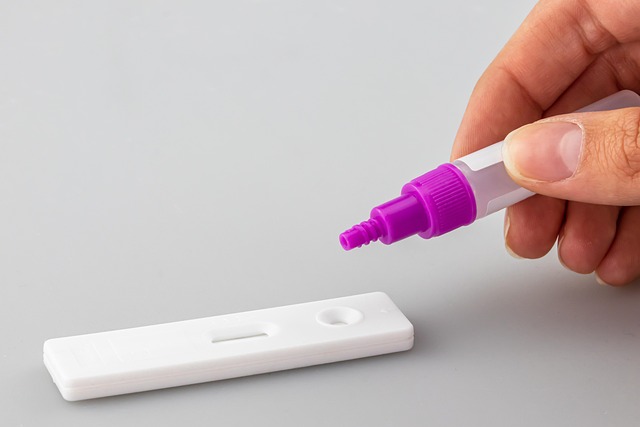In the fast-paced world of gaming, where millions of players globally engage in thrilling multiplayer experiences, ensuring that every interaction is seamless is vital. This is where QA testing comes into play, serving as the backbone of an exceptional gaming platform. As eSports continues to surge in popularity, the stakes have never been higher for developers and players alike.
Imagine you’re about to participate in an exhilarating eSports tournament; adrenaline pumps through your veins as you ready yourself to compete. Now picture the game experiencing lag, bugs, or crashes during critical moments. Your experience is instantly ruined, and so is your chance at victory. This is why comprehensive QA testing is not just beneficial but essential.
QA testing in gaming is a meticulous process that involves thoroughly checking every element of a game, from mechanics to graphics and server stability, ensuring a flawless player experience. It is not merely about finding bugs; it’s about understanding player expectations, ensuring that those expectations are met at every level of gameplay. This attention to detail is what elevates the gaming experience and maintains the integrity of eSports competitions.
As gaming platforms strive to achieve a high level of performance amid intense competition, effective QA testing becomes increasingly critical. Developers are not just creating games; they’re crafting experiences that can draw fans in and keep them engaged. This is particularly true within the realm of eSports, where the community’s feedback can make or break a title. Incorporating player feedback early in the QA testing phase can lead to adjustments that enhance gameplay mechanics and ensure a vibrant, competitive atmosphere.
A great game unravels when players feel invested in every match, cheering for their teams and players. High-quality QA testing ensures that the thrill of a closely contested battle isn’t overshadowed by technical hiccups. Whether it’s through load testing to handle massive player counts or visual testing to confirm that graphics remain stunning under pressure, each aspect of testing is crucial. In eSports, where reputations are built and shattered in mere seconds, the importance of robust QA cannot be overstated.
Furthermore, advancing technology brings forth new challenges for developers, particularly as we see more cross-platform play. Ensuring a uniform experience across different devices necessitates a diligent approach to QA testing. From consoles to mobile, the gaming community deserves a refined experience. With tight matches scheduled during eSports events, the last thing players want is to face a platform issue that could cost them a championship.
The correlation between meticulous QA testing and player satisfaction is clear. Gamers are passionate ambassadors of the genres they love. When they experience a game that is polished, their excitement spreads, bringing in new players and perhaps even creating future eSports champions. Thus, investing in QA isn’t just a safety net; it’s a pathway to thriving in a competitive ecosystem.
In conclusion, as the gaming landscape continues to evolve with increasing complexity and player expectations, QA testing remains a pillar that ensures excellence in gaming platforms and eSports. Those who recognize and adopt a rigorous QA testing methodology will not only enhance the gameplay experience but also cement their titles in the hearts of players worldwide.



